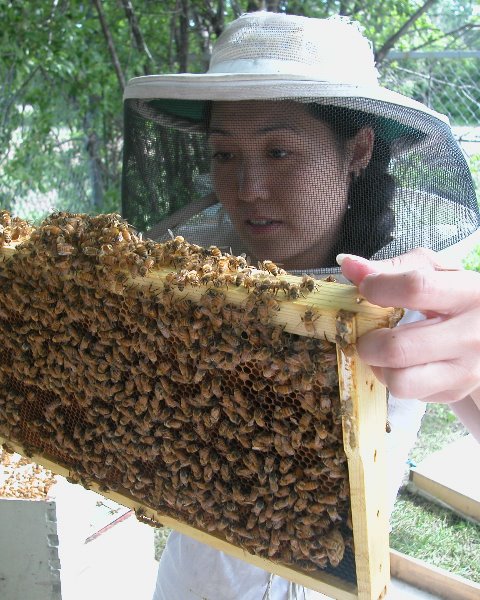Student 10-Minute Presentation
Plant-Insect Ecosystems
Student
Student Competition
Individual and colony-level impacts of systemic pesticide contamination on bumble bee (Bombus impatiens) foraging behavior
- EK
Emma Knezevic
University of Nebraska
Lincoln, Nebraska - PM
Paige Myers
University of Nebraska
Lincoln, Nebraska - AS
Autumn Smart
Research Assistant Professor
University of Nebraska
Lincoln, Nebraska 
Judy Wu-Smart
Assistant Professor & Extension Specialist
University of Nebraska
Lincoln, Nebraska
Presenting Author(s)
Co-Author(s)
Repeated losses of honey bee colonies at the University of Nebraska-Lincoln Eastern Nebraska Research Extension & Education Center in Ithaca, NE led to the discovery of pesticide contamination originating from a nearby ethanol plant. The plant processed outdated, pesticide-treated seed to produce ethanol, however, waste byproducts produced from this novel practice contained high levels of several pesticides, including the neonicotinoid insecticides clothianidin and thiamethoxam and fungicides. Byproducts were stockpiled improperly in porous lagoons and near waterways, and were applied to nearby farms, facilitating contaminant spread through the surrounding landscape. This study examined how environmental pesticide contamination impacts wild bee foraging behavior. Commercial bumble bee (Bombus impatiens Cresson) colonies were caged outdoors near the pollution site and allowed to forage on blooming forbs. Separate colonies were kept in the laboratory and given access to a foraging chamber provisioned with sugar syrup feeders that were untreated or spiked with 5 ppb clothianidin. Throughout both field and lab experiments, hive health measures were taken over the course of exposure to the landscape or treated sugar syrup, respectively. Insight into how direct (through contaminated syrup) and indirect (through a contaminated landscape) exposure to pesticides cause behavioral changes in colonies and individual bees may help explain or predict effects on bumble bees in real-world settings. Results from this study provide insight into how to respond to and study complex real-world effects of pesticides on wild bee systems.

.png)

